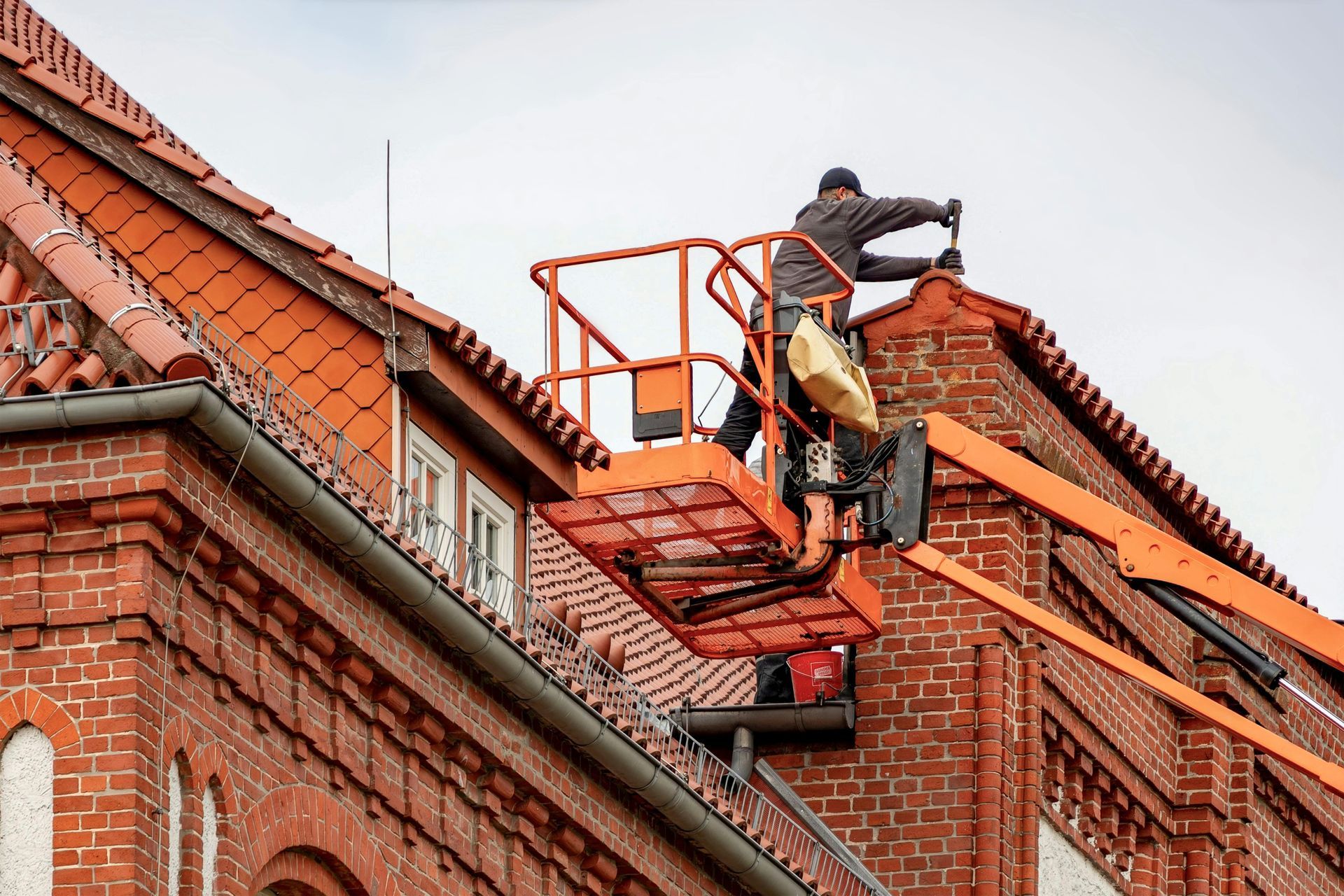Flat Roof Repair vs. Replacement: How to Make the Smart Financial Decision for Your Property
For property owners in British Columbia, maintaining a flat roof is a critical responsibility. While offering practical advantages, these roofs are constantly exposed to our diverse weather conditions, from heavy rainfall to intense summer sun. Eventually, every flat roof will require attention, leading to a crucial decision: Should you repair it or opt for a complete replacement? Making the smart financial choice depends on several factors that extend beyond the immediate cost.
Are you unsure whether your flat roof needs a quick fix or a complete overhaul? Understanding the nuances of each option is key to protecting your investment.
Assessing the Damage: When to Consider Repair
Flat roof repairs are often the most cost-effective solution for localized issues, extending the life of an otherwise healthy roof. This approach is ideal when the damage is contained and hasn't compromised the overall integrity of the roofing system.
- Isolated Leaks: If you've identified a single, specific leak caused by a minor puncture, a small crack, or compromised flashing around a penetration (like a vent pipe or skylight), a targeted repair is usually sufficient. Our flat roofing contractors can expertly patch these areas, restoring the watertight seal.
- Minor Surface Damage: Small blisters, minor tears, or surface cracks that haven't deeply penetrated the membrane can often be addressed with specialized patching compounds or membrane sections. The key is to catch these issues early before they spread.
- Relatively Young Roof: If your flat roof is still within the first two-thirds of its expected lifespan (e.g., 5-15 years for a roof designed to last 20-30 years), A professional repair can effectively extend its service life without the significant investment of a complete replacement.
- Good Underlying Condition: If the insulation, deck, and structural components beneath the membrane are still in solid condition, focusing on surface repairs makes sense. Extensive repairs become necessary when the damage is localized to the top layer.
Has your flat roof been consistently maintained throughout its life? Regular care can make repairs a viable long-term solution for localized issues.
The Case for Replacement: When a Full Overhaul is Necessary
While repairs can provide temporary relief, there comes a point where a complete flat roof replacement becomes the more sensible and cost-effective long-term solution. This is particularly true when the damage is widespread, the roof is aging, or recurring problems indicate systemic failure.
- Extensive or Widespread Damage: If your flat roof exhibits multiple leaks, significant "alligatoring" (severe cracking and crazing of the membrane), widespread blistering, or large areas of ponding water, repairs may only offer a short-term band-aid. These widespread issues often signal that the entire membrane is nearing the end of its life.
- Structural Sagging or Waterlogged Insulation: When water has infiltrated the insulation layer or caused the roof deck to sag, patching the membrane won't solve the underlying problem. Such issues require a complete tear-off and replacement to address the structural integrity and prevent further damage.
- Beyond Expected Lifespan: Most flat roofing materials have an average lifespan (e.g., 15-20 years for Modified Bitumen, 20-30 years for PVC or EPDM). If your roof is approaching or has exceeded this general lifespan, even minor issues can indicate that the entire system is simply worn out and a full replacement is due. Continuing to repair an aged roof often results in a cycle of expensive, temporary fixes.
- Recurring Leaks: If you frequently call flat roofing contractors for the same or new leaks, it's a strong indicator of a failing roof system. Multiple repairs can quickly add up, potentially surpassing the cost of a new roof that offers long-term peace of mind and performance.
- Energy Efficiency Concerns: Some older flat roofs may not have enough insulation or may be made of materials that are not as energy-efficient as newer ones. When you update your old system, you can get a new one with reflective and insulated materials that save you a lot of money on heating and cooling costs over time.
Is your current flat roof causing high energy bills? A new, energy-efficient system could offer a significant return on investment.
Making the Smart Financial Decision: Key Considerations
To make the most informed choice, consider these factors in consultation with reputable flat roofing contractors like Axis BC:
- Age of the Roof: This is often the most significant indicator. A young roof with localized damage is a strong candidate for repair, while an older roof with widespread issues typically points to replacement.
- Extent and Type of Damage: Is the damage isolated and superficial, or is it widespread, affecting multiple layers and potentially the structure? Punctures are different from pervasive membrane deterioration.
- Cost-Benefit Analysis: Get accurate costs for both choices. When deciding between fixes and a replacement, you should think about how much it will cost you in the long run. If you decide to patch an old roof, think about how much it might cost to fix in the future.
- Future Plans for the Property: If you plan to sell the property within a few years, a thorough repair might suffice. However, if it's a long-term investment, a replacement ensures durability and avoids issues for future occupants.
- Warranty Status: Check if your existing warranty covers the damage. Also, inquire about the warranty offered for new repairs versus a full replacement. A new roof typically comes with a comprehensive manufacturer's and workmanship warranty.
- Energy Efficiency Goals: If reducing your building's carbon footprint and energy consumption is a priority, a replacement allows for the integration of advanced insulation and reflective membrane technologies.
At Axis BC, we believe in acting with courage and integrity, providing honest assessments and tailored recommendations. Our experienced
flat roofing contractors will thoroughly inspect your property, discuss your specific needs and budget, and help you determine whether a repair or replacement is the most financially sound and practical decision for your flat roof. Contact us today to schedule a consultation.

